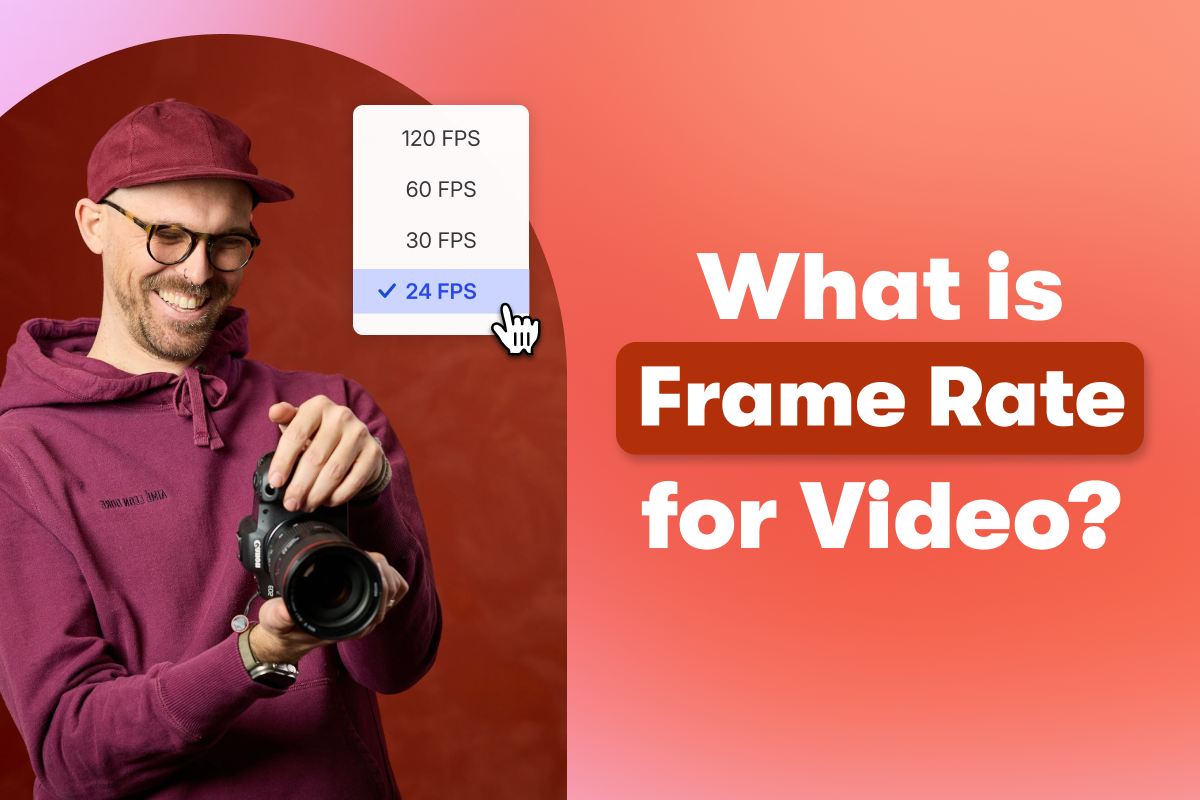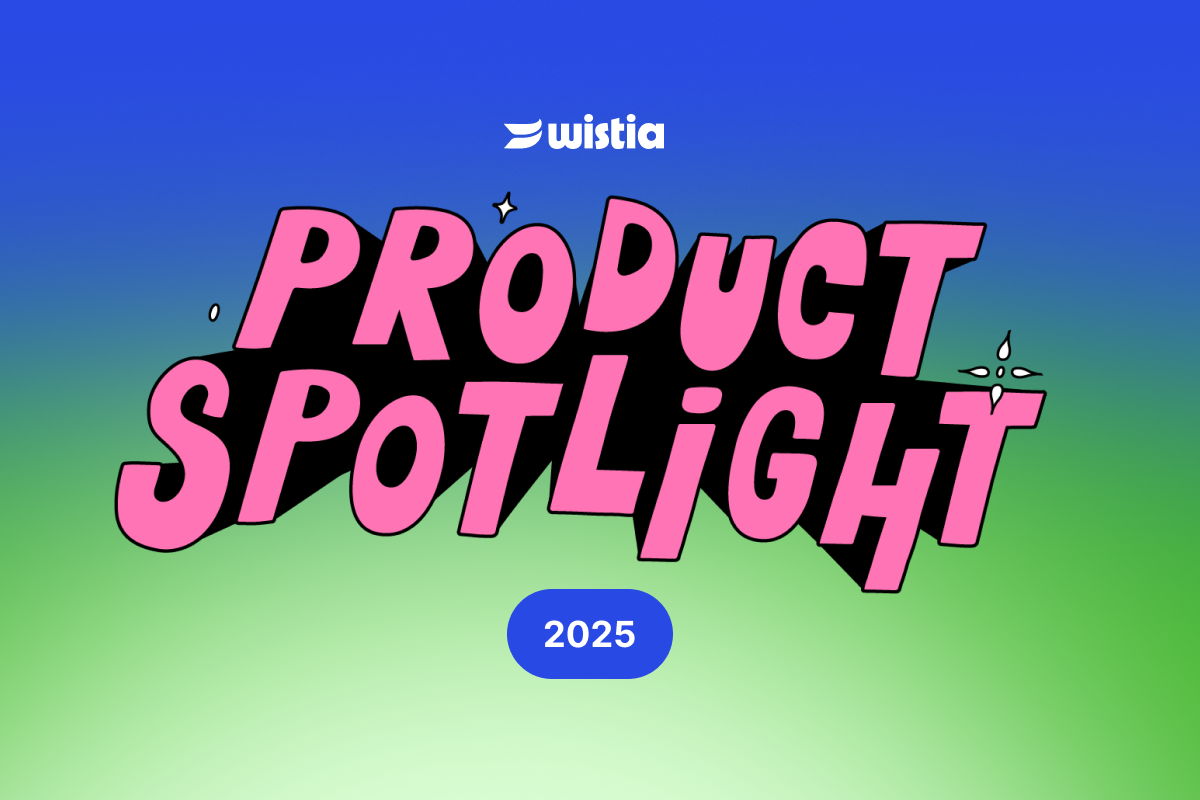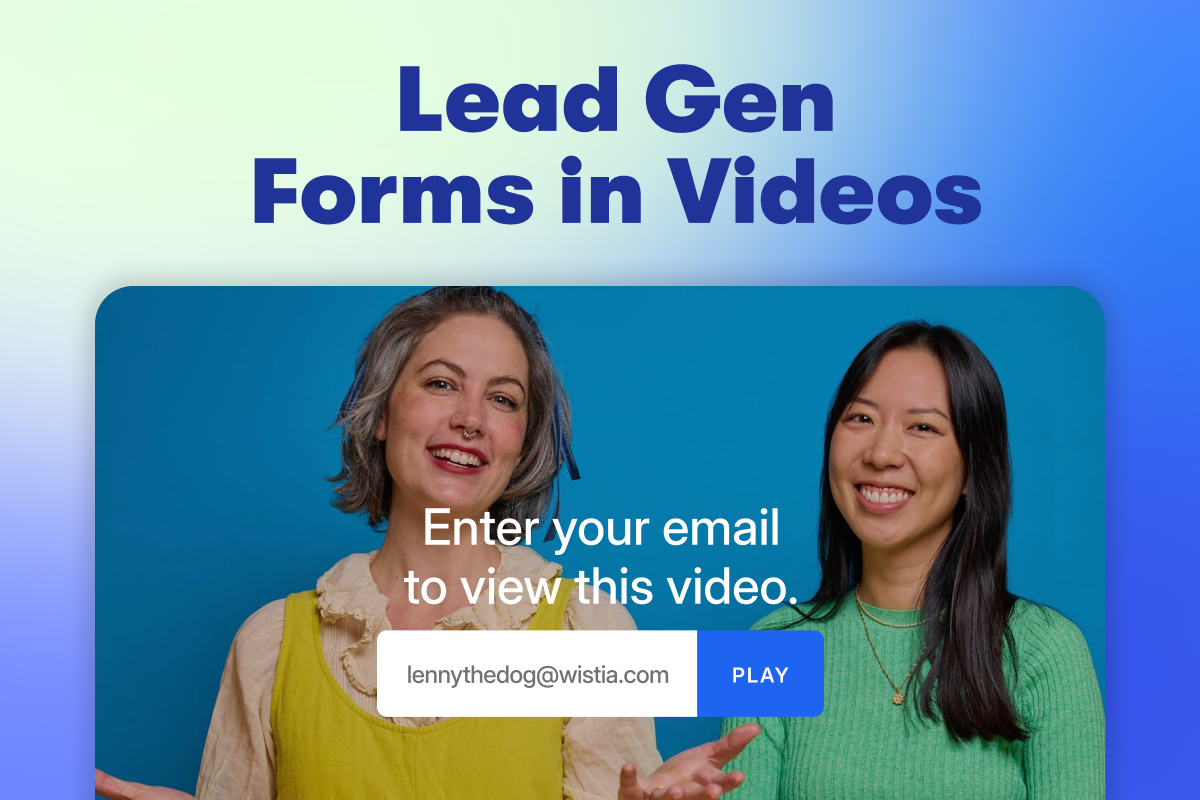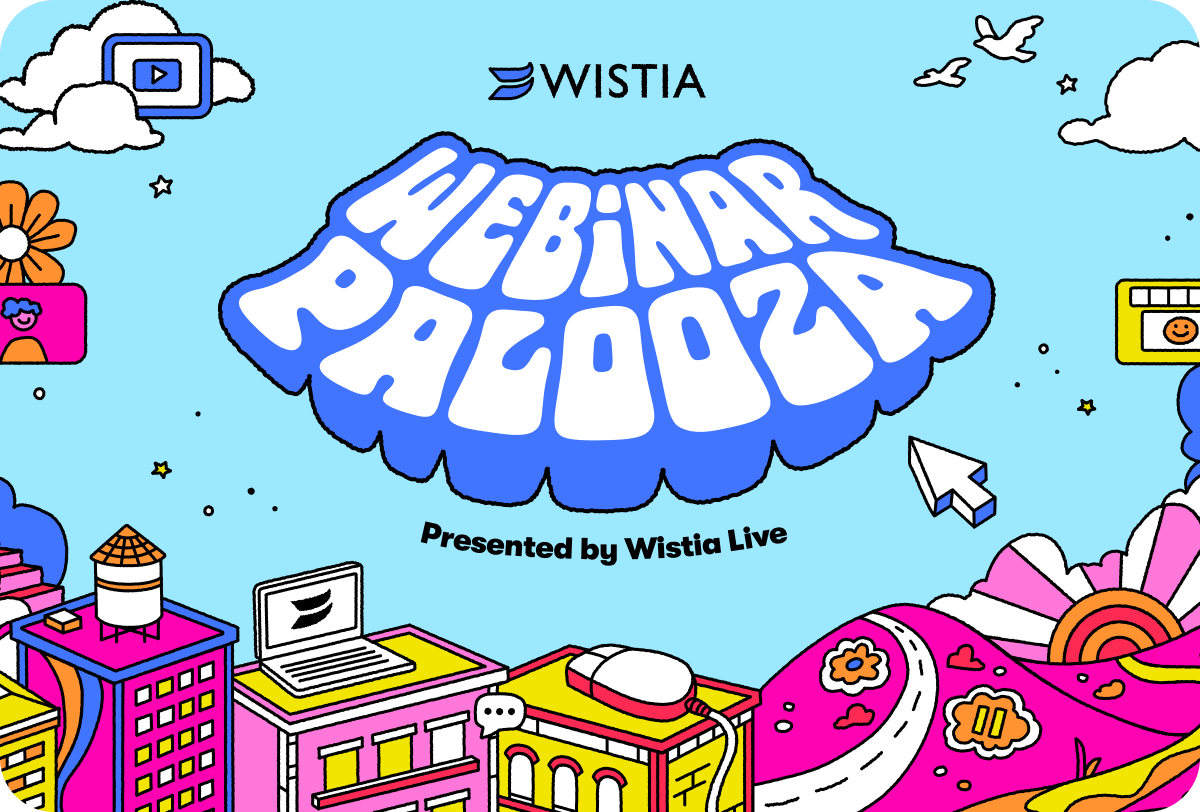Quick Tips to Boost Your Video Play Rates and Drive Action
July 11, 2016
Topic tags
As I’ve explored the world of online video over the last several months, I’ve noticed one underlying problem that spans across many websites. People are creating beautiful content, but not paying attention to how it’s packaged and presented to their audience.
When you ignore critical factors, like your video’s surface appearance, you can unintentionally discourage viewers from engaging with your content.
And then there’s the video itself. The content might be engaging and well-produced, but is your video driving any actions?
You likely have a goal in mind for each and every video you produce. Are you trying to collect more leads to fuel your marketing automation platform? Are you encouraging employees to become more engaged with your career development resources? Raising brand awareness? If your video is entertaining, but not driving action, chances are it’s not helping you take steps towards your goal.
In this post, we’ll dive into two main topics:
- How to improve your video play rates.
- How to drive action directly within your videos.
Part #1: Getting more people to play your videos
Play rate is the percentage of page visitors who clicked play and started watching your video. The ideal play rate is not a flat number, and it varies from business to business, industry to industry. It’s also dependent on factors like where your video lives. Is it high up on your homepage, or is it hidden seven clicks into your website at the bottom of one of your thousands of landing pages? At Wistia, we are pretty psyched when we see play rates over 70% on high-traffic pages.
Optimize your thumbnail image
One major factor that will determine whether or not someone is likely to play your video is your thumbnail image. Out of the videos below, which video would you be more likely to play?
Video A.
Video B.
The answer is obvious, right? The thumbnail of Moz founder, Rand Fishkin, in a birthday hat looking overly enthused is much more effective than a dull screen, complete with bulleted lists of text.
The science behind a smile
There’s actually a whole science to smiling that dates back to the genius of evolution, Charles Darwin. Oddly enough, he’s never caught smiling…
Darwin found that as you see another person’s smiling muscles contract, a feedback loop travels through your brain, reinforcing the feelings of joy and bliss.
“Smiling is the outward manifestation of happiness and serves to begin to connect us to others,” says Dr. Adrian Furnham. While smiling can improve the quality of our everyday lives, it can also help us market our businesses and drive engagement.
Take this example from Wishpond. After running a 5-week A/B test of two ads — one with a smiling individual and one without — the smiling image increased the software company’s profits by 10.7%!
Takeaway:
Use a custom thumbnail of a smiling human face whenever it makes sense for the video.
Change that player color
Another factor that has a shockingly high effect on play rate is the color of the player button.
When you’ve uploaded a new video into your Wistia account, the first thing you should do is head over to Video Actions, and select Customize. Under the Appearance drop-down menu, you’ll notice you can change the player color away from that boring default grey. Perhaps your brand has a specific color or hexID? Throw that in there!
Can you tell how much I love that grey button?
This might seem like an insignificant change to make, but at Wistia, we’ve found that videos with a custom player color have an 18% higher play rate than those that stick with the grey default. This small change can go a long way if you’re trying to increase your play rate.
Part #2: Driving action within your videos
If you’re not directing your viewers to a relevant landing page or asking for their email to follow up, your video could be your last touchpoint point with them.
In Wistia, there are three interactive elements you can include in your video to drive further action: our email collector form known as Turnstile, calls to action, and annotation links. You might be unsure if Timeline Actions are relevant to your videos goals, but I can assure you that there are several use cases and relevant ways to use these features that will ultimately help you reach your video goals faster. Let’s start with Turnstile…
Collecting emails with Turnstile
Are you looking to grow your subscriber list? Are you in need of more qualified leads? Turnstile gives you the ability to collect email addresses at any point in your video. This feature is especially powerful if you’re using a marketing automation platform like HubSpot, Pardot, or Marketo. With one of these integrations set up, you can push new contacts directly into your nurturing process.
If you don’t have an integration with one of these services, our email collector still allows you to identify individuals, understand the viewing behavior tied to them, and export a spreadsheet of new contacts — all within Wistia.
To gate or not to gate?
The most common objection I hear from customers about Turnstile is that interrupting their viewers leads to a poor user experience. While there are instances in which this objection holds true, there are also times where the value you’re providing to your viewer is worthy of this brief interruption.
The harsh reality is: If you’re giving away everything for free, you could be missing out on a whole market of leads that you’ll lose to competitors.
So, when is the right time? Luckily, I’ve created a set of questions to help you make these difficult decisions.
- Is your video reaching people at the top of your funnel?
- Is your video >50% promotional?
- Is your video short and sweet?
If you answer yes to any of these questions, DON’T gate your video. On the other hand …
- Will the viewer save time or money by watching your video?
- Will the viewer learn something new?
- Can you promise (and deliver) the viewer something of value after or during your video?
If you answer yes to any of these questions, then there is likely a relevant place for a Turnstile to be incorporated into your video.
Where should you put your Turnstile?
The placement of a Turnstile can make a pretty drastic impact on conversion rates. At Wistia, we analyzed 15,000 videos with Turnstile to determine the most effective location for this tool. Drum roll please… placing a Turnstile in the first 10–20% of the video leads to a 43% conversion rate!
While this data point is pretty astounding, it also makes sense. Provide a quick and compelling introduction, in which you tempt the viewer with just enough information that leaves them wanting more, and then present them with a super quick email collector. Sounds pretty promising, right?
Should you make your Turnstile optional or mandatory?
In the same study, we looked at data comparing Turnstiles with the option to “skip” vs. no skip option, and found the conversion rate to be 20% higher for mandatory forms in comparison to those with the “skip” button present.
Moral of the story: If you’re going to ask for an email address, go all in. After accumulating some traction, you can assess your video’s engagement graph, and reassess.
Driving action with CTAs
If collecting emails isn’t your thing, incorporating a powerful CTA could be your best bet for nudging your viewers to take the next step towards the goal you’ve set. While there’s an entire data-packed guide in the Wistia Library on using calls to action, I thought I’d highlight some of the most noteworthy takeaways related to copy.
The power or language
The effect powerful and actionable language can have on driving action is substantial, and this is one area where most are slacking …
If someone asked you:
- “Hey, want a bagel?” OR
- “Hello! Do you want to try the most incredibly delicious bagel you’ll ever eat?”
You’d be 100% more likely to eat the bagel when tempted by option b. Well, perhaps you’d go for both, but you’d be more excited about trying the second option because of this powerful use of language.
This remains true for CTAs as well. Power words like you, now, new, and free, drove conversion rates on CTAs far above the average.
The same goes for action words, with the exception of “buy.”
Yet, both power and action words are underutilized in CTAs. Around 68% of CTAs do not have power words, and 58.3% do not use action words. Yikes!
There’s so much opportunity to increase action by using compelling language.
Provide additional resources with annotations
Perhaps you’re using video to teach a course or train your employees, and you want to give your viewers some additional resources that pertain to the content of you video. This is one of the many instances in which adding a subtle annotation link works wonders.
Similar to CTAs and Turnstiles, annotations can be added anywhere within your video. There’s something really wonderful about being able to add a subtle link to your video.
You’re not disrupting the video, you’re providing more content instead of making your video painfully long, and you’re driving action that’s easily trackable within Wistia’s analytics.
Make Timeline Actions part of the production process
Timeline Actions will become substantially more powerful if you plan ahead and decide where you’ll be adding a CTA, Turnstile, or annotation link. This way, actors can interact with these features. Are you recommending an e-book that relates to the topic being covered at the 1-minute mark in your video? Have the actor encourage the viewer to click — point up to the annotation link or pull the CTA over the screen.
This is a strategy we’re consistently using at Wistia. Check out the example below from a video I made for an unengaged customer.
How could he not book a call after seeing this?
Now that you’ve learned a bit about driving plays and engagement after uploading and embedding your videos, check out our Guide to Video Metrics to continue becoming a Wistia power user.






